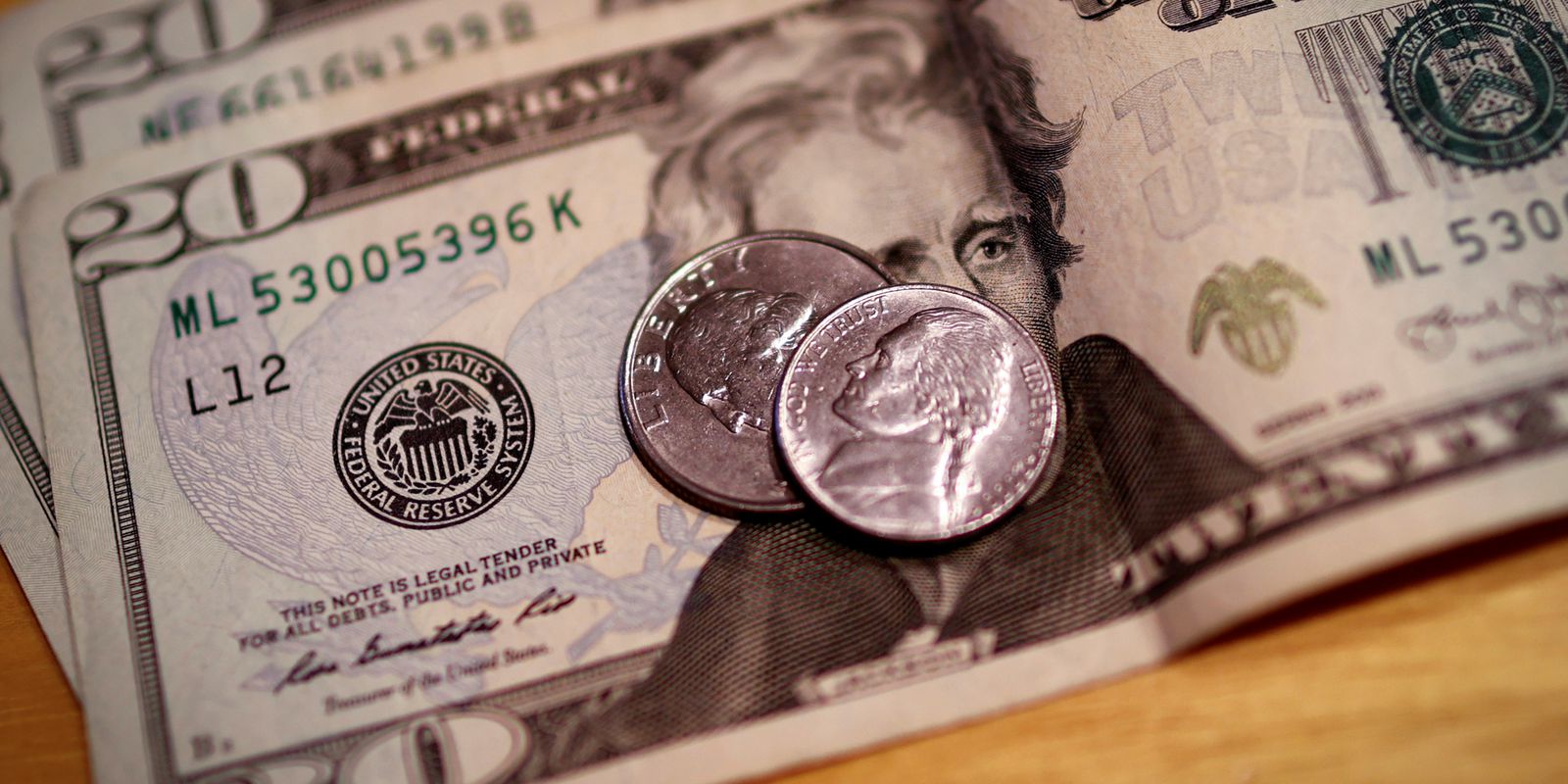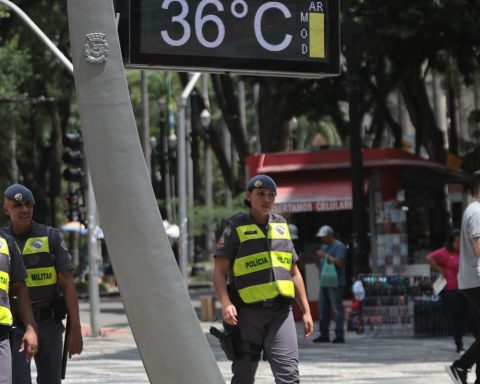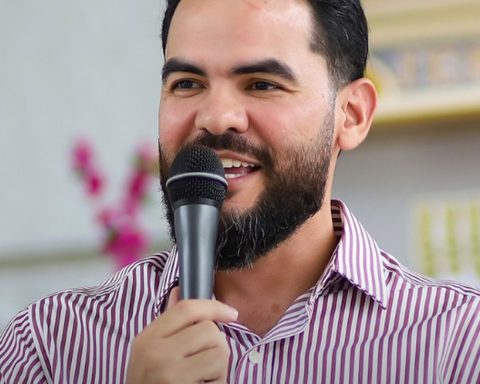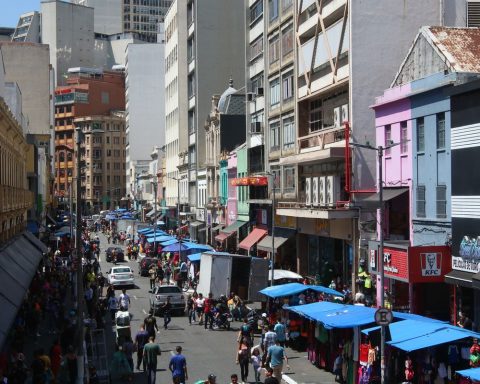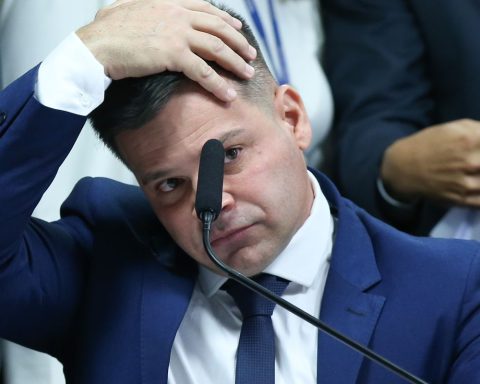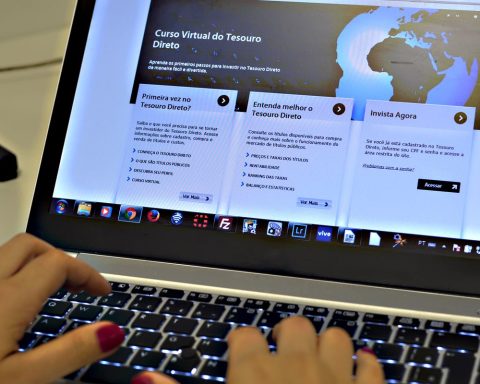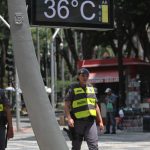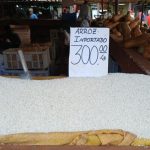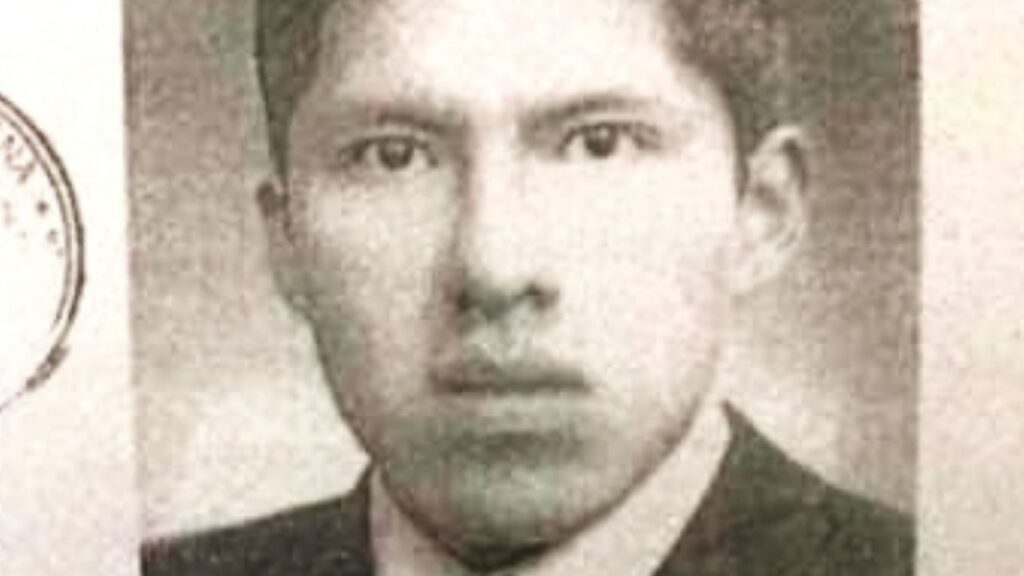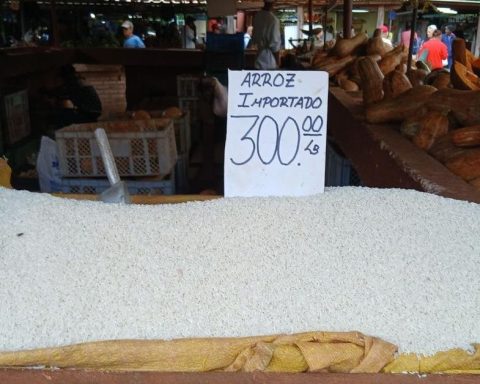On a day of expectations regarding basic interest rates in Brazil, the dollar closed practically stable, with the first high after four consecutive declines. The stock market tumbled 0.87% on a profit-taking day as investors sell shares to pocket recent gains.
The commercial dollar closed this Wednesday (2) sold at R$ 5.276, with a slight increase of 0.07%. Influenced by the foreign market, the price started the day on a high, reaching R$ 5.31 at the highest of the day, around 1:15 pm. The currency, however, decelerated in the afternoon, with the prospect that the Selic rate (basic interest rates in the economy) would exceed 10% per year for the first time since 2017.
Even with today’s high, the US currency accumulates a drop of 2.11% in the week. In 2022, the currency drops 5.37%.
The stock market had a more tense day. B3’s Ibovespa index rose in the first minutes of trading, but reversed the movement and closed with a retreat of 1.18%, at 111,894 points. The performance of Petrobras shares contributed to the drop, amid discussions around proposals to change the price of fuels, and bank papers, affected by the disclosure of lower-than-expected earnings in the fourth quarter. The expectation of a Selic adjustment also contributed to the negative performance
After consecutive days of decline, the dollar rose against the main international currencies. Recently, the Federal Reserve (Fed, US Central Bank) confirmed that it will start raising basic interest rates in the largest economy on the planet in March. Since the beginning of the covid-19 pandemic, US rates have been between 0% and 0.25% per year, the lowest level in history.
Despite the monetary tightening in the United States, the prospect that the Central Bank would raise the Selic rate to 10.75% per year at today’s meeting of the Monetary Policy Committee (Copom) eased pressure on the dollar. This is because, for the first time in two years, the Selic rate would be higher than the inflation accumulated in 12 months, which attracts foreign capital to Brazil.
Last year, the Broad National Consumer Price Index (IPCA) stood at 10.06%, the highest level since 2015. As the Selic was raised this Wednesday to 10.75% per year, Brazil will no longer have interest real (interest rate minus inflation) negative. The rise in the Selic rate contributes to the fall in the stock market, by encouraging the migration of riskier equity investments to fixed income (such as government bonds), with guaranteed returns.
*With information from Reuters
